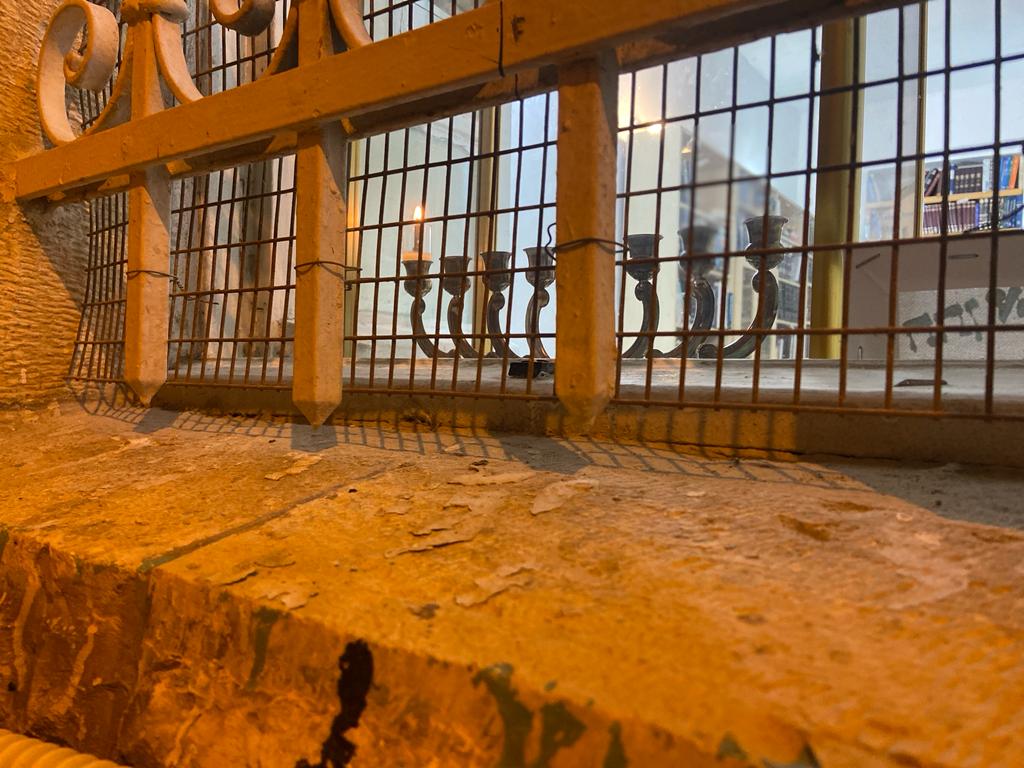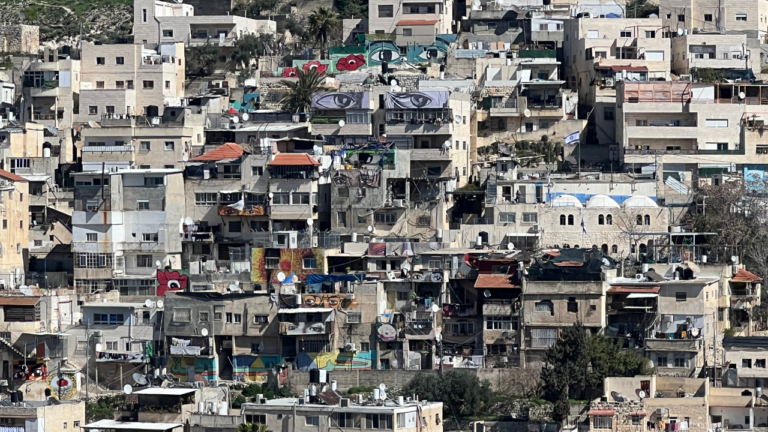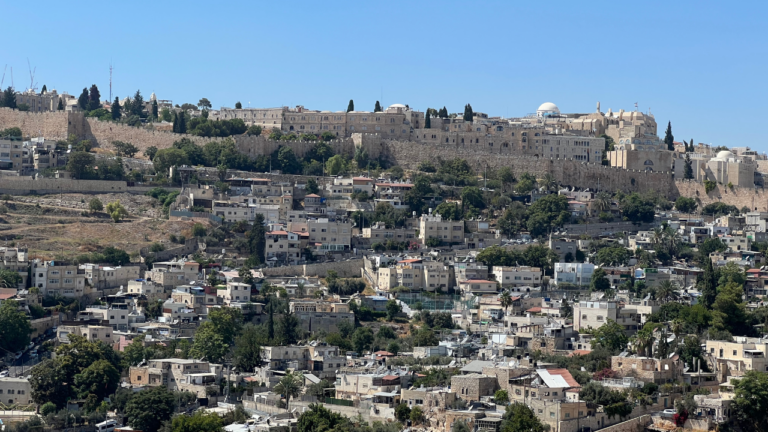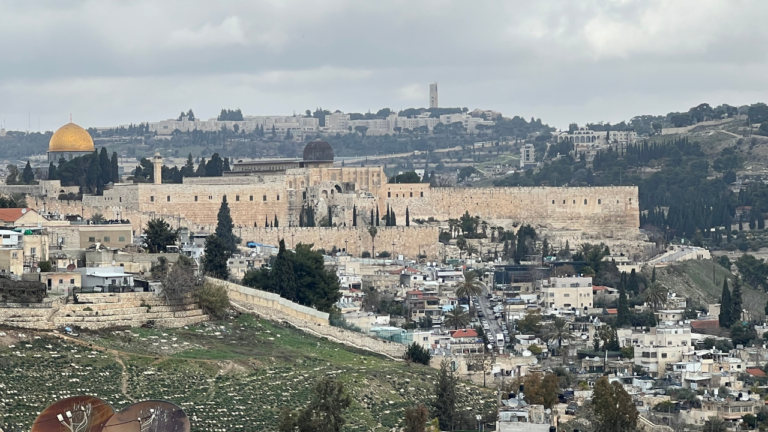U’Phartzu Chomot Migdali: The Exclusive Right to Jerusalem
The ubiquitous song of Maoz Tzur, sang in many households after the lighting of neirot Chanukah, describes in detail the numerous miracles Hashem wrought for us throughout Jewish history. Strangely, there is only one stanza that describes the very miracles we commemorate on Chanukah. יונים נקבצו עלי, the Greeks gathered against me, ופרצו חומות מגדלי and they breached the walls of my towers, וטמאו כל השמנים and they defiled all the oils.
We know much about the Syrian Greeks gathering to cause Jews to acculturate and defeat the Makabim. We also obviously know about the defilement of the temple oil, leading up to the miraculous ever-lasting pure oil. But what breach of walls occurred in the Chanukah story?
The Mishnah (Middot 2:3) makes allusion to this cryptic breaching. The Mishnah explains that in the times of the Beit HaMikdash, there was a wall surrounding the inner courtyards of the Temple called the soreig. This wall was waist-high, rising ten handbreadths off the ground. The soreig’s purpose was simply to warn non-Jews, on pain of death, to not enter further into the premises of the Temple. (In fact, pieces of the ancient soreig with warnings written in Greek can be seen in the Israel Museum in Jerusalem today.) The Mishnah explains that the Greeks breached the soreig thirteen times. To commemorate these thirteen breaches, Chazal decreed that we should bow thirteen times when passing over the soreig.
It therefore seems that Maoz Tzur is referencing the breaching of the walls of the soreig. The Greeks deliberately targeted this wall as they took over Jerusalem. A strange choice of walls to breach, given that the soreig was merely a symbolic miniature wall that served no fortification purposes whatsoever. Why did the Greeks choose to attack the soreig in particular?
Clearly, the soreig represented something that was anathema to the Greeks. It is true that the Beit HaMikdash (and Jerusalem by extension) is intended to serve as a place of prayer for all nations of the world. Shlomo HaMelekh clearly desired all the heathen nations to draw close to the true God through prayer and sacrifice in the holiest place on earth. The neviim constantly describe the eschatological vision of all the nations gathering to the future restored temple in Jerusalem.
However, there is a limit to how far the nations of the world can go. The message of the soreig was clear. Only the chosen nation of Klal Yisrael deserves the closest exclusive relationship represented by their ability to enter into the Temple courtyard and sanctuary. The Greeks did not believe in Jewish uniqueness. There was nothing special about the Jewish people that would exclude other nations from entering into the innermost sanctums of the temple. They were insulted by the Greek inscriptions telling them that, while they were invited to visit Jerusalem, the city would never be fully accessible to them. The holiest place on earth is exclusively for the Jewish people.
(Parenthetically, this could possibly explain the symbolism of thirteen breaches and thirteen bows. The gematria of the word אחד is 13; the breaches represented the rejection of the concept of עם אחד, a single unique nation that stands apart from the other nations, as well as the rejection of the thirteen principles of faith that attest to ושמו אחד, Hashem’s Oneness.)
The symbolic breach of the soreig has not fully been healed. We fervently pray for the day that Hashem re-establishes our exclusive relationship with Him in Jerusalem, speedily in our days.



